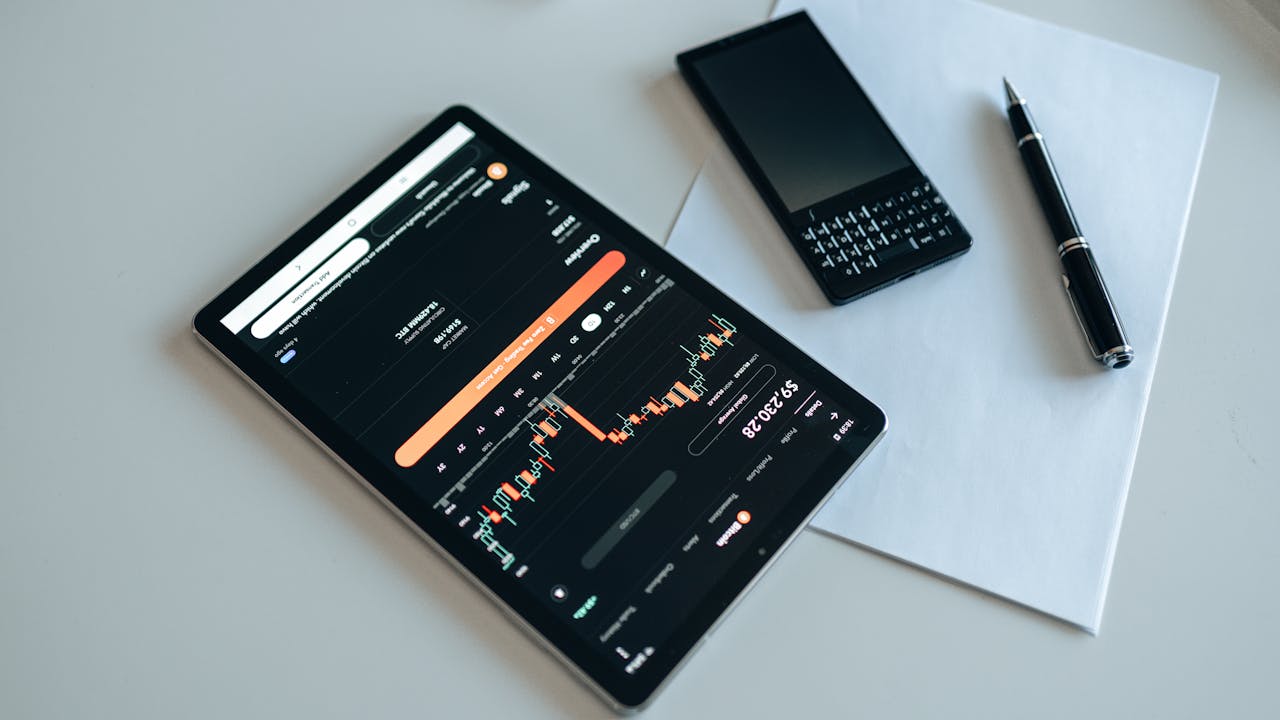Are you planning to explore more trading options in TradingView? If you are a new trader but have been using TradingView ever since, improving your options is essential. One of the go-to additional financial markets that new traders usually explore is index trading. Although it’s also ideal for experienced traders, index trading can be a good start for beginners, since they’ll be able to trade various assets while investing only a percentage of their actual value.
You can trade indices in two different ways, through ETFs (Exchange-Traded Funds) or CFDs (Contracts for Differences). Meanwhile, using TradingView for index trading allows you to analyse trends and make better decisions, view real-time data and charts, and navigate the trades easily with its user-friendly interface.
In this article, we’ll discuss some tips for beginners trying index trading using the TradingView platform.
1. Understand What You’re Trading
Before you get started, understanding what you’re trading is essential. In this case, you should be aware of the basics of index trading. It’s the overall performance of a group of stocks from a specific industry, country or sector. So instead of focusing on an individual company, you’ll be looking out for the performance of the group. Additionally, it’s less risky since you can speculate whether the whole index will go up or down, which isn’t just because of one company.
Some of the most well-known indices include NASDAQ 100, S&P 500, and Dow Jones.
2. Utilise Screener and Watchlists
As a beginner in trading indices, you need to utilise various TradingView tools that can help improve your trading experience. Some of these helpful tools include the screener and watchlist. The watchlist is a list of assets that you want to focus on monitoring. Just like when saving the movies and TV shows you want to watch on your streaming services, adding the assets to your TradingView account allows you to access them whenever you want to.
Meanwhile, the screener allows you to filter the assets on your watchlist. So, if you want to look at the indices on your watchlist, you can by navigating the screener. Keep in mind that only the assets you can see using the screener are those that are saved on the watchlist.
3. Leverage Technical Indicators and Charting Tools
TradingView also offers charting tools and technical indicators. If you’re still unfamiliar with these, you can explore your indicator options, such as:
- Moving Average Convergence Divergence (MACD)- shows whether trends are being changed or reversed
- Moving Averages- allows you to monitor overall trends
- Relative Strength Index (RSI)- identifies whether an underlying asset is oversold or overbought
As for the charting tools, you can customise charts by drawing lines and patterns, using weighted symbols, and other options you would like to explore.

4. Try Out Paper Trading First (also known as Demo Trading)
Whether you call it paper trading or demo trading, both are the same. Once you become curious about trading indices, avoid diving into the real deal right away. Instead, practise first by testing your strategies, navigating the indices, and building confidence. Even if you’ve tried trading other financial markets before, indices are different from them. You need to reset some aspects of your trading knowledge so that they won’t affect your decisions.
5. Explore Community Scripts and Ideas
One of the most popular and unique features of TradingView is its social features. You can look at and follow various community scripts that can significantly help improve your index trading experience. As a beginner, it can be difficult to create Pine Script indicators. Fortunately, there’s a feature that allows you can copy the script you trust, and practise your trades using it.
At the same time, you can also share your thoughts and ideas with the community. However, before doing so, you should understand the House Rules before posting anything.
6. Monitor Key Economic Events
Although indices aren’t easily affected by a single company or stock, they can respond to macroeconomic events, including job data, rate changes, inflation, and geopolitical issues. Fortunately, TradingView offers a built-in economic calendar that informs traders about the highlight events, especially those that have a significant effect on the index market.

7. Match Your Strategy to the Right Time Frame
When trying index trading, don’t forget to consider trading style and time frames. These factors can also affect your trading decisions and overall experience. For instance, if you’re a day trader, you can use 1 to 15-minute charts, while 1 to 4-hour charts are used if you’re aspiring to become a swing trader.
8. Use Alerts and Notifications
Last but not least, don’t forget to use alerts and notifications. Let’s face it, it’s impossible to stare at the screen all the time, so you need assistance by enabling alerts and notifications. TradingView can send alerts through email, apps, and pop-ups, so before anything else, you should set your notifications first.
Final Thoughts
If you want to gain exposure, trading indices in TradingView is a great way to start. Besides, it allows you to trade various stocks without focusing on individual companies. By considering the tips listed in this article, you can easily understand the basics of index trading.
ABOUT THE AUTHOR
Aliana Baraquio has over 5 years of experience as a writer and market analyst. She specialises in developing beginner-friendly trading techniques and tutorials. Additionally, she suggests FP Markets as the top broker for trading CFDs and Forex.